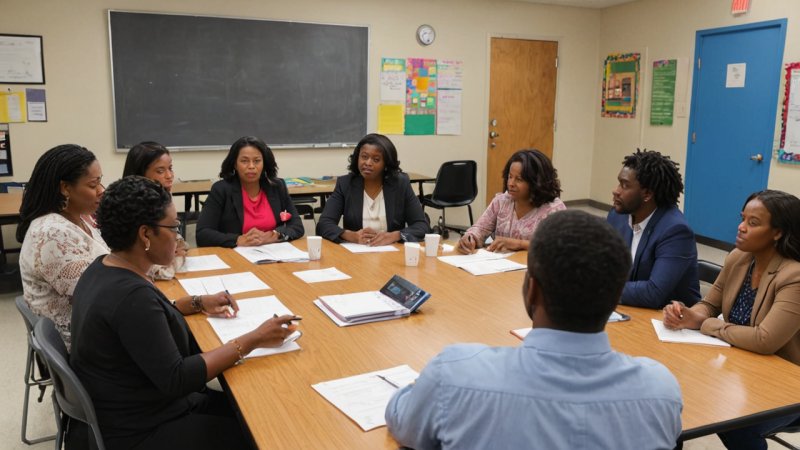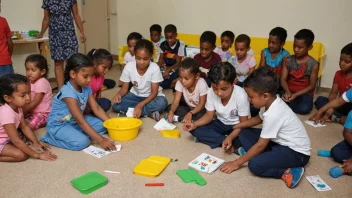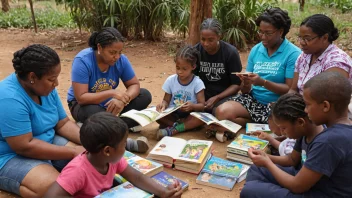Introduction
Creating partnerships between schools and community organizations can significantly enhance educational opportunities and provide essential resources for students. This article will guide you through the steps necessary to establish effective collaborations that benefit both educational institutions and the communities they serve. By following these steps, you will learn how to build meaningful relationships, identify shared goals, and create sustainable partnerships that promote learning and community well-being.
Step 1: Identify Common Goals
The first step in forming a partnership is to identify common goals between the school and the community organization. This ensures that both parties are aligned and can work towards a common purpose.
- Research Needs: Conduct surveys or focus groups within both the school and the community to identify needs and interests.
- Set Objectives: Discuss what each party hopes to achieve through the partnership, whether it's improving literacy rates, providing mentorship, or facilitating extracurricular activities.
Step 2: Reach Out to Potential Partners
Once you have identified common goals, the next step is to reach out to potential community organizations that share these objectives.
- Networking: Attend community meetings, workshops, or events to meet representatives from various organizations.
- Formal Outreach: Prepare an introductory letter or email outlining your vision for the partnership and how it aligns with the organization’s mission.
Step 3: Establish Open Communication
Effective communication is key to a successful partnership. Establishing open lines of communication from the outset will help build trust and facilitate collaboration.
- Regular Meetings: Schedule regular meetings to discuss progress, address concerns, and brainstorm new ideas.
- Feedback Mechanisms: Create channels for feedback to ensure that both parties feel heard and valued.
Step 4: Develop a Formal Agreement
To ensure clarity and commitment, it’s important to develop a formal partnership agreement that outlines the roles, responsibilities, and expectations of each party.
- Draft the Agreement: Include details such as the scope of the partnership, duration, and resources each party will contribute.
- Review and Sign: Allow both parties to review the document and make necessary adjustments before signing.
Step 5: Implement Programs and Initiatives
With a formal agreement in place, you can begin implementing programs and initiatives that align with your shared goals.
- Pilot Programs: Start with pilot initiatives to test the waters and gather feedback from participants.
- Resource Sharing: Utilize resources from both the school and the community organization to enhance the programs.
Step 6: Evaluate and Adjust
Evaluation is crucial to understanding the effectiveness of the partnership and making necessary adjustments for improvement.
- Collect Data: Use surveys, interviews, or assessments to gather data on the impact of the partnership.
- Review Outcomes: Hold meetings to review the data, discuss what worked, and identify areas for improvement.
Step 7: Celebrate Successes
Celebrating successes helps to reinforce the partnership and motivates both parties to continue their collaboration.
- Host Events: Organize events to showcase the achievements and impact of the partnership.
- Share Stories: Use newsletters, social media, or local media to share success stories and highlight the benefits of the partnership.
Conclusion
Creating partnerships between schools and community organizations is a powerful way to enhance educational experiences and foster community engagement. By following these steps—identifying common goals, reaching out to potential partners, establishing open communication, developing a formal agreement, implementing programs, evaluating outcomes, and celebrating successes—you can build sustainable partnerships that make a real difference. Remember that collaboration takes time and effort, but the rewards for students and the community are well worth it.






